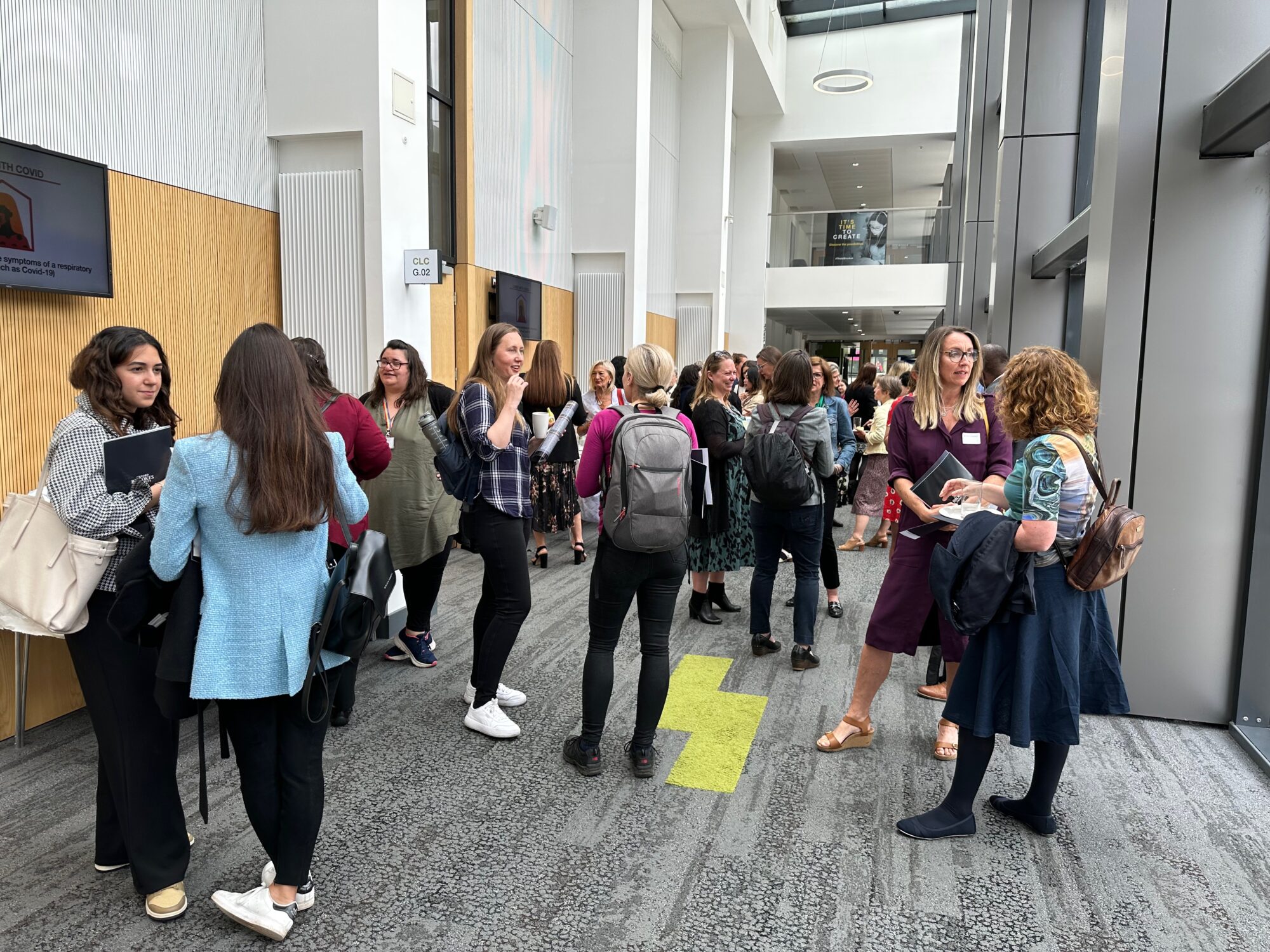Designing, creating and implementing gender-inclusive culture


Culture – Why does it matter?
Designing and regularly reviewing a culture that supports inclusivity is essential because it fosters an environment where everyone feels valued, respected, and empowered to contribute. An inclusive culture not only attracts a diverse talent pool but also enhances creativity, innovation, and problem-solving by bringing together different perspectives. It reduces the risk of bias, discrimination, and exclusion, leading to higher employee satisfaction and retention. Moreover, a culture of inclusivity aligns with ethical standards and social responsibility, contributing to long-term success and sustainability.
Toolkit and Guidance
- Step 1 – Definition: Bring your employees together to discuss and define what culture means for your organisation, daily work and what kind of culture is needed to drive innovation and the company forward
- Step 2 – Communication: Decide on how to communicate your culture – whether by displaying values in the workspaces, incorporating them into documents, or discussing them in team meetings
- Step 3 – Living the culture: Embed culture by building and establishing norms, practices and procedures that reflect the values in your company. For example, if inclusive collaboration is a value, involve people from different departments when building project teams or introducing new projects; if open communication is a value, ensure everyone contributes in meetings and create opportunities to challenge and provide feedback
- Step 4 – Review: Establish culture review processes to identify and address barriers, ensuring culture evolves and stays aligned with your goals
Resources
While culture should be driven by everyone within the organisation, not just by leadership teams alone, here are some useful diagnostic tools for leaders. While there are many very good coaching, leadership-focused and organisational development firms and practices available, we are aware that Horizon37 has worked extensively with scaling companies and has a track record of working successfully with science and technology-based companies within Oxfordshire’s innovation ecosystem. Horizon37 offers leadership coaching programmes and has a range of free-to-use tools, and research-based guidance that can be accessed by anyone
This toolkit contains a page relating to measurement tools. This includes some that can be used in measuring different elements of company culture. Take a look at the measurement tools page using the link below.
Areas for reflection
- Has culture been deliberately set, or has it evolved?
- Do you discuss culture in team, organisation-level and board meetings?
- Is cultured considered and discussed as part of your recruitment activities and staff induction?
- What values best define your company culture?
- Do you have specific activities, practices and/or norms that help to foster culture?
- How does your culture support diversity and inclusivity in the workplace?
- In what ways does your culture encourage innovation?
- How do you ensure that your culture is embedded within your organisation?
- Is there a gap between the culture you aspire to have and the culture that currently exists in your company?
- Is there misalignment between the company’s stated values and employee behaviours?
Latest news
SOFEA Launches Exciting Materials Science Lab to Inspire Local Youth
SOFEA, an organisation supporting young people aged 14-25 who have found traditional education challenging, is set to launch a pioneering...
Bidwells Survey of Science SMEs
Bidwells are undertaking a research project to better understand the property requirements of science based SMEs in the UK The results of...
The Golden Triangle Podcast
Mills & Reeve, in collaboration with Bidwells, deliver a unique insight into the Oxford, Cambridge, London supercluster – often called...


